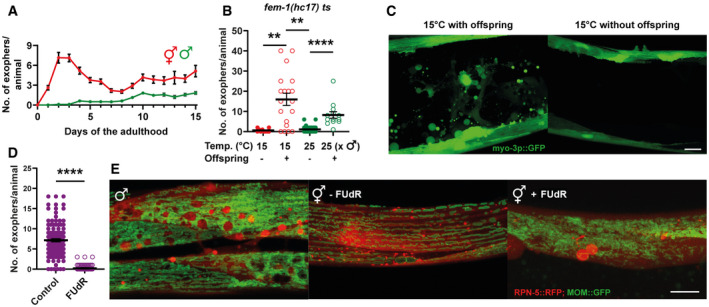Figure 2. Exopher formation is sex‐specific and fertility‐dependent.

- The highest number of exophers is produced during the hermaphrodite reproductive period and in aging animals. Males do not produce exophers during the first days of adulthood and begin to generate a small number of exophers later in life. Starting n = 90 hermaphrodites and 150 males; N = 3.
- Feminized hermaphrodites of a thermosensitive fem‐1 mutant strain do not produce exophers regardless of growth temperature. This phenotype can be partially rescued by mating fem‐1 mutants with males. n = 10–26; N = 2.
- Representative images of the middle part of the worm body in panel B.
- Hermaphrodites sterilized via FUdR treatment produce no exophers or only a few per animal. n = 118 and 112 animals; N = 3.
- Males and sterile hermaphrodites (via FUdR treatment) show the formation of spherical structures in the BWM that resemble mature exophers. MOM—mitochondrial outer membrane.
Data information: Scale bars are 10 µm. Data are shown as mean ± SEM; n represents the number of worms; N represents the number of experimental repeats combined into a single value; **P < 0.01, ****P < 0.0001; (B, D) Mann–Whitney test.
